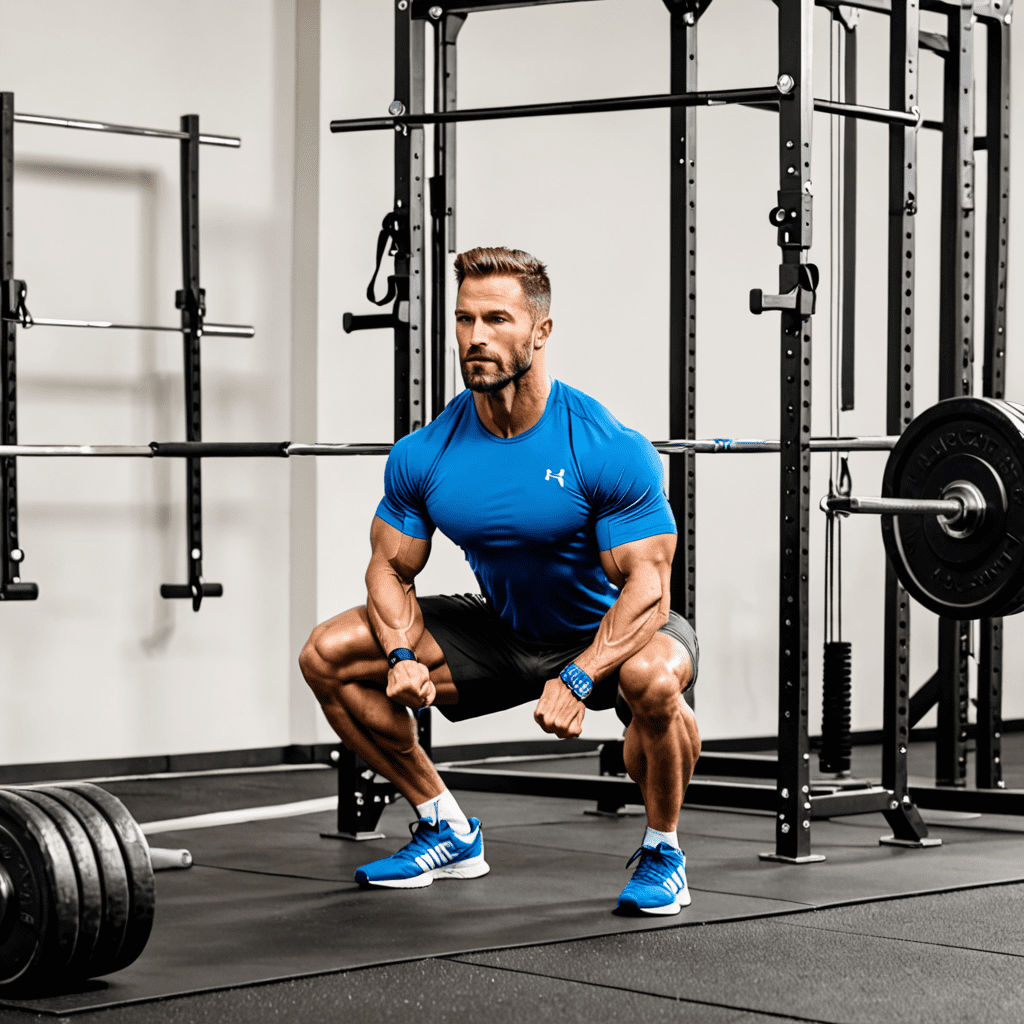
Mastering Stability: Tips for Perfecting the Bulgarian Split Squat
Introduction to the Bulgarian Split Squat
The Bulgarian split squat is a challenging lower body exercise that targets the quadriceps, hamstrings, glutes, and core muscles. It involves standing in a staggered stance with one foot elevated behind you and performing a squatting motion. While it’s highly effective for building strength and stability, many individuals struggle with maintaining balance during this movement.
Understanding the Importance of Balance
Balance is crucial in the Bulgarian split squat to ensure proper form and prevent injury. It also maximizes the engagement of the targeted muscle groups, leading to more effective workouts. Without balance, the exercise becomes less efficient and can place undue stress on the joints.
Tips for Keeping Balance on the Bulgarian Split Squat
1.
Focus on a Stable Foot Placement
Place your front foot flat on the ground, ensuring that the heel remains in contact with the surface. Your rear foot should be elevated on a bench or platform and positioned so that the shoelaces rest on the surface.
2.
Maintain an Upright Torso
Keep your chest up and your upper body straight throughout the movement. This helps distribute your weight evenly and promotes stability.
3.
Engage Your Core
Activating your core muscles helps stabilize your body and improves balance. Focus on drawing your navel in towards your spine and maintaining this engagement as you perform the exercise.
4.
Find a Visual Point of Focus
Choose a spot at eye level and fix your gaze on it during the exercise. This simple technique can significantly enhance your balance and concentration.
5.
Control the Descent and Ascent
Slow and controlled movements are key to maintaining balance. Lower yourself into the squat with control, keeping your front knee aligned with your ankle and not allowing it to cave inward. Push through the heel of your front foot to return to the starting position.
6.
Utilize Proper Breathing Techniques
Implementing consistent and rhythmic breathing can aid in maintaining balance and promoting overall stability. Inhale as you lower yourself into the squat and exhale as you push back up.
Common Mistakes and How to Avoid Them
It’s essential to be mindful of the following mistakes to optimize balance during the Bulgarian split squat.
1.
Leaning too far forward
Avoid leaning excessively forward, as this can compromise your balance. Focus on an upright posture to distribute your weight evenly.
2.
Putting too much weight on the back foot
While the rear foot provides stability, the majority of your weight should be on the front leg to maximize the benefits of the exercise and avoid imbalance.
3.
Allowing the knee to drift inward
Maintain proper alignment of the front knee and ankle to prevent instability and potential strain on the knee joint.
Progressing in the Bulgarian Split Squat
Once you’ve mastered the basic form and balance, you can progress the exercise by adding resistance with dumbbells, barbells, or kettlebells. This added challenge demands increased stability, making balance even more critical.
Conclusion
Mastering stability in the Bulgarian split squat is a fundamental aspect of achieving optimal results and reducing the risk of injury. By incorporating the tips outlined above and avoiding common mistakes, you can enhance your balance and overall performance in this demanding exercise.
FAQ
Q: Can I perform the Bulgarian split squat without using weights?
A: Yes, the Bulgarian split squat can be performed effectively using only your body weight, especially when focusing on balance and stability. Gradually progressing to added resistance is recommended once you have established proper form and balance.
Q: How frequently should I incorporate the Bulgarian split squat into my workout routine?
A: The frequency of incorporating the Bulgarian split squat into your routine depends on your overall training program and fitness goals. It is generally beneficial to include it 1-3 times per week, allowing for adequate recovery between sessions.
Q: What are some alternative exercises to the Bulgarian split squat for targeting similar muscle groups?
A: Lunges, step-ups, and traditional squats are effective alternatives for targeting the same muscle groups as the Bulgarian split squat. These exercises can provide variation and complement your lower body training regimen.

